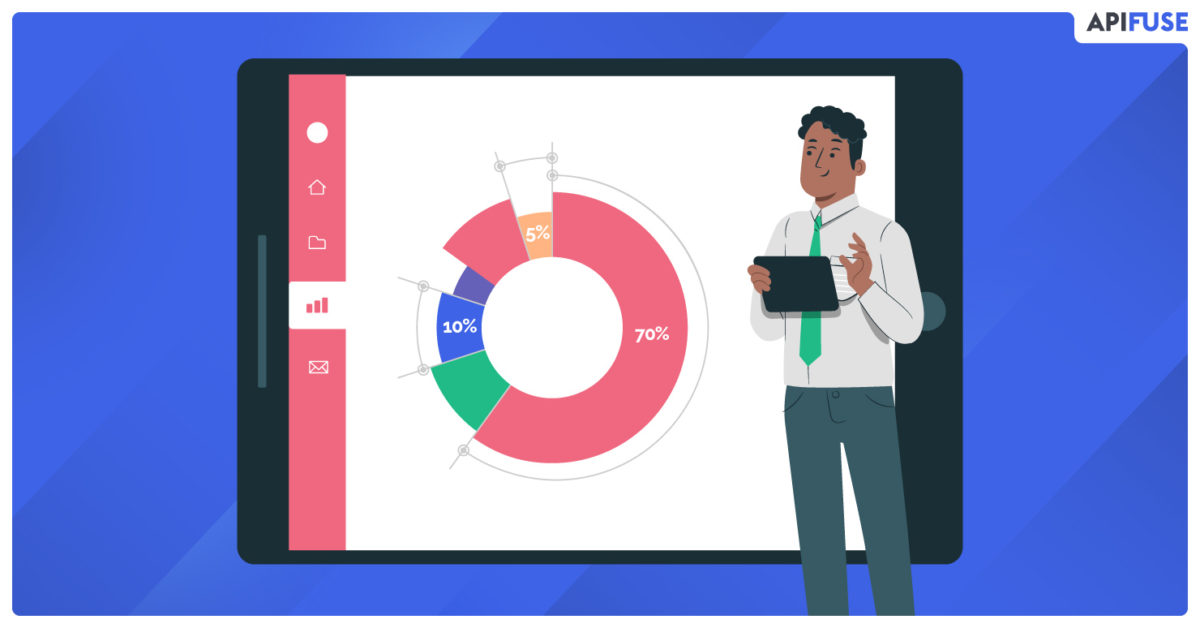One of the tools in a product manager’s arsenal with a bit more firepower is cohort analysis. As you fine-tune cohorts iteratively, you get a clearer picture of your entire customer pool. It can help you understand your target users better, and you can leverage that to improve anything – from your core SaaS product to marketing initiatives.
Essentially, cohort analysis gives you valuable intelligence that enables critical product decisions. That’s what we unpack in this post:
- What is cohort analysis?
- Why is it essential for product managers?
- Types of cohort analysis and how to apply them?
- How to segment your target market into cohorts?
What is a Cohort and Cohort Analysis?

A cohort is a group of people who share a common characteristic. For instance, a very simple cohort can be all the people who graduated from a school in 2019. Another cohort can be businesses that reached $ 100 Billion in evaluation in 2020.
The members who make a cohort can be:
- Individuals
- Businesses
- Any other groups.
The shared characteristic can be anything you want to look at, such as:
- Gender
- Age
- Education level
- Market share
- Ad spends
There is no restriction to either the group studied or the trait they all have in common.
In terms of business, a cohort is limited to your target customer. These could be individual users or business clients. The trait they share is generally an action performed. That could be visiting the website, downloading the app, or making a purchase.
So, for a product manager, a cohort can be:
- Users who signed up in the past week.
- Users who opted for a premium subscription in a month.
When you track and analyze the behavior of a cohort to better understand why they performed a particular action, it is called cohort analysis.
With cohort analysis, you can ask targeted questions, scrutinize the information, and then make product decisions that are backed by data. By making decisions based on your findings, you reduce churn and increase revenue.
The Importance of Cohort Analysis
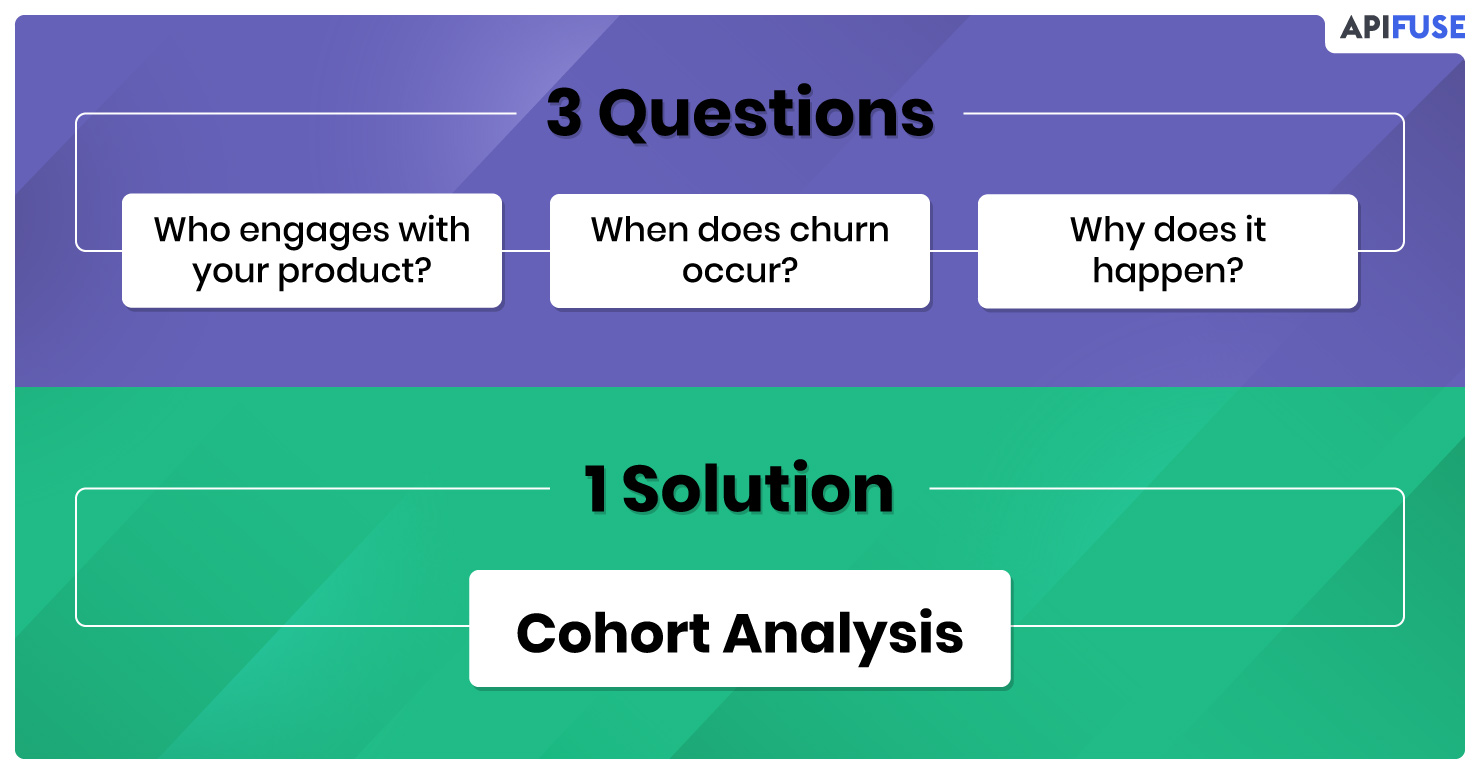
As a product manager, your goal is to expand your user base. Attaining that means, answering the three W’s:
- Who engages with your product?
- When does churn occur?
- Why does it happen?
You get the answer to these critical questions by segmenting your users into cohorts. Dividing your customers using certain traits highlights trends in the user lifecycle. These patterns allow you to tweak your product, marketing, sales, or even how you communicate with your target base.
When you pivot and adapt operations through cohort analysis, your product is better suited to meet customer needs. Here’s how else cohort analysis optimizes company performance and results:
1. Clean out the unnecessary.
Getting meaningful information from cumulative user behavior is impossible. Cohort analysis lets you distill it. You can analyze smaller groups of users and how they interact with your product. It removes unnecessary data and leaves you with usable information.
2. Understand the workflow better.
When developing the product, your teams most likely have a specific workflow in mind. With cohort analysis, you can understand how users move through a workflow. It’s sort of a reality check. You can question what stops a user from taking a particular action/decision at a given time.
For instance, you build an e-commerce product, and you assume that auto-saving credit cards will lead to quicker and more sales. So, you nudge your users to do so.
Then you perform a cohort analysis on all customers who have signed up in the past 4 months. You segment these users into two groups—one who have saved their cards and one who have not. Analyzing the actions of the two cohorts can give you surprising information.
While auto-saving does lead to a quicker purchase decision, the reverse leads to more significant cart volumes. In other words, not saving the card details drove users to multiple shopping sessions before hitting ‘buy.’ So, it’s more worthwhile to create a workflow that postpones the action of saving card details.
3. Test what works.
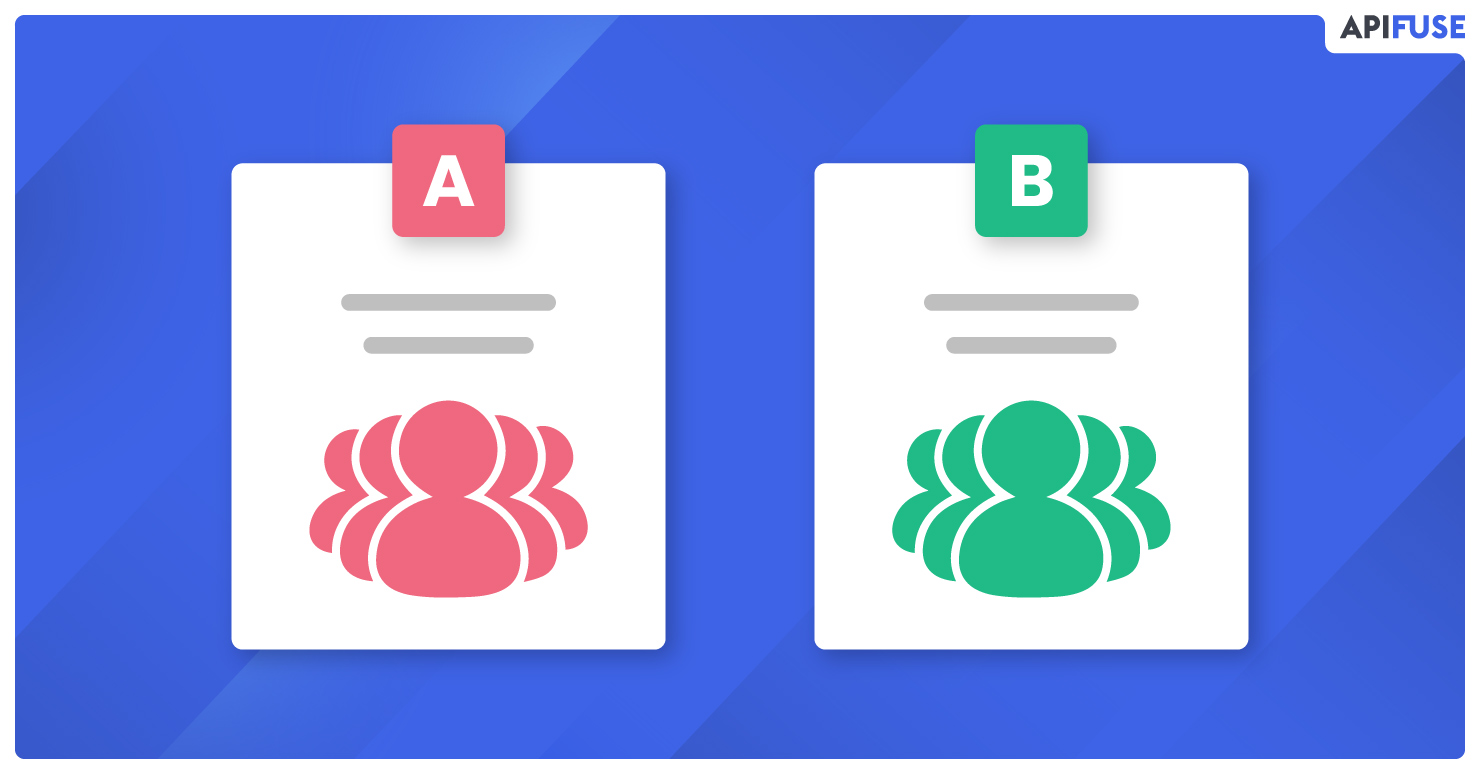
You can A/B test cohorts and then analyze the results of the different test groups. When you compare it with the control group, you can determine what works and what must be improved. This knowledge allows you to fix what’s broken and for whom.
4. Increase retention rate
Cohort analysis lets you group users based on when they were acquired and by what channel. You can study the user retention rate for each group and then laser focus your attention on poorly performing channels. Vice versa, you can double down on channels that show great retention rates.
Another way you reduce churn and increase retention with cohort analysis is during product launches. By creating launch cohorts, you can investigate where users drop off. Is it a new feature where the UX was poor? Or is it a section that needs better integration? You can drill down into pattern changes and fix any problems that the product faces.
For instance, when Snapchat redesigned the entire app in 2018, users protested. They could have been saved from the backlash if they had conducted a launch cohort analysis before the update.
5. Grow customer lifetime value
Pinterest pays more attention to its core Pinners. This a cohort of power users who visit the platform 14 or more times in 4 weeks. Besides this, it monitors other cohorts that show less usage.
The latter helps them identify where users drop off. The former helps in understanding how to communicate the value of the platform to new users. That helps increase customer lifetime value.
In a gist, you can apply the lessons of cohort analysis to build behavioral nudges. These prods can help new users make buying decisions faster. That grows the lifetime value of your product.
6. Enhance customer conversion funnel.
As a user travels from the top of the funnel to the bottom, they have different experiences. Some of the experiences help quicken the purchase journey, which impacts your conversion rates.
With cohort analysis, you can accurately calculate which experience positively (or negatively) affects the conversion rate. You can then enhance the rate by optimized spend on the correct channels or stages.
The Two Common Types of Cohorts
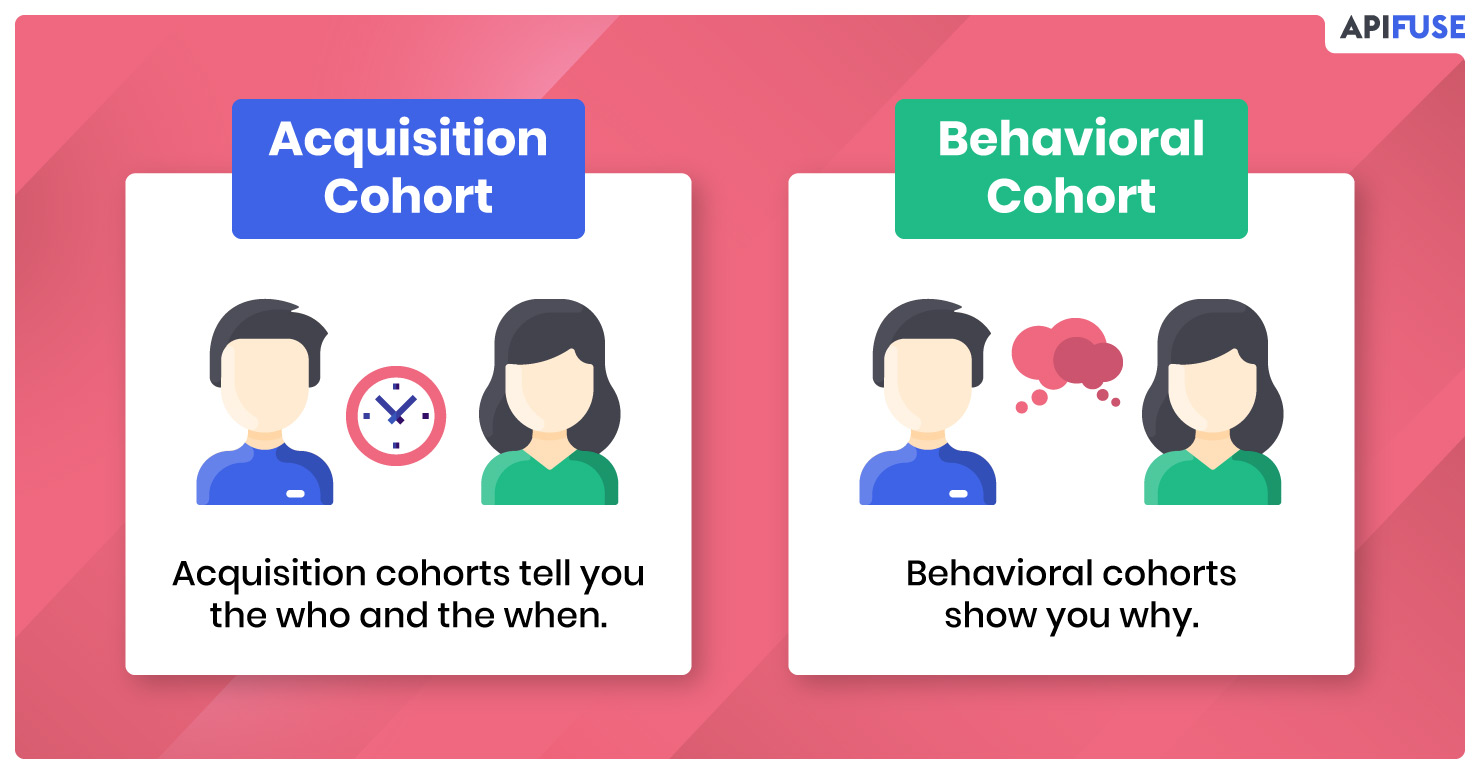
There are two types of cohorts that a product manager can use to optimize performance.
The first is an acquisition cohort. It’s when you categorize your users based on when they signed up for your SaaS product. The second is a behavioral cohort. This is a group of users who show the same behavior or take the same action at the same time.
1. Acquisition cohorts tell you the who and the when.
Acquisition cohort analysis gives you the knowledge of who is subscribing to your product. They also tell you when users drop off. By pinpointing the stage at the customer lifecycle, you can reduce churn.
How do you look at churn using acquisition cohorts?
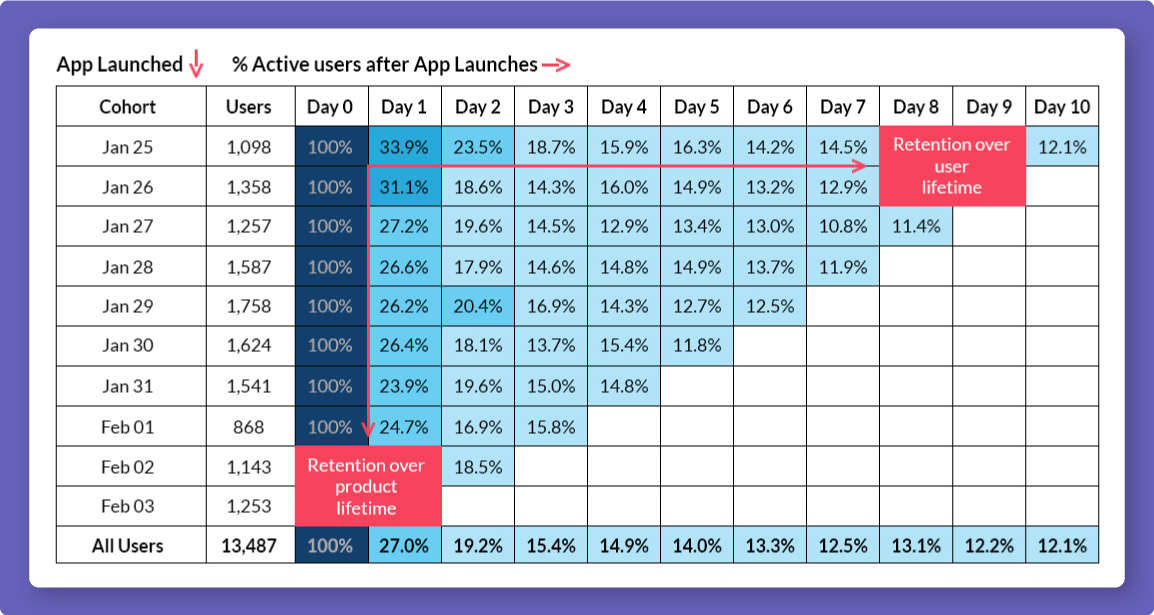
By creating a chart where:
- Each row shows the who – number of users acquired at a particular date.
- Each column shows the when – the time elapsed since users signed up for the product.
Each cell of the chart gives you the percentage of users retained for that particular time period. When you conduct an acquisition cohort analysis, keep in mind to:
- If you’re a startup, use a short period. Think days, not years. The opposite applies to older SaaS businesses.
- Don’t keep the scope of the retention period too long. It will be harder to identify what is going wrong and where. Perform separate analyses for different periods. For example, up to 10 days can be early, while over 90 days can be late.
After building the cohort chart, identify where churn occurs in the most concentrated rate. That will give you a solid start on the why and where users are getting tripped up. For instance, if churn is occurring on day 21, it could be because that’s when you stop hand-holding users with onboarding material.
2. Behavioral cohorts show you why.
When you are losing users, a concrete timeframe lets you take a stab at the why – why did a user churn. With a behavioral cohort, you can probe deeper. In a nutshell, behavioral cohort analysis builds upon acquisition cohorts.
When conducting behavioral cohorts, look for specific behaviors. Then the correlation between the action and churn will be evident. If you pick too generic behaviors like the engagement metrics with the product in the first month, the insight will be just as broad. In other words, not useful.
Finding sticky features
A major benefit of a behavioral cohort is finding sticky features. You can segment customers based on an action they have taken or not taken in a specified time. Then analyze which group shows more churn.
Hypothetically, you compare all product users with those who integrate it with Slack. It leads to the realization that users who stuck around were the ones who used the integration feature. This tells you that the integration is a sticky feature.
Besides identifying sticking points, you can wield behavioral cohort analysis to judge how future users will behave, and nudge them in the right direction. How can you recognize future user behavior? By comparing it with the pattern of old users who shared the same traits.
That said, finding the bridge between retention and behavior is not always straightforward. More often than not, it is a combination of the reason that keeps a user ascribed to your product.
So, an easier path is to isolate the behavior of your power users. Reverse it, and you’ll pinpoint the customer base who is not sticking around.
How to split your target users into cohorts?

There is no right time to dig into a cohort analysis. You should apply it right after your product has built a good customer foundation. There are two ways you can divide your base into cohorts to perform the analysis.
1. The right question
The goal of cohort analysis is to get information on which you can take action and then improve the product for the users and the user base for yourself. To get that information, you need to ask the right questions.
That’s the first way to segment your cohort of users – choosing a question you want to answer. Do you want to know your users better? Do you want to understand how they use your product? Do you want to know their user experience?
2. The right metrics
Once you have the right question, you need to classify metrics that will answer it. These metrics could be a user action, an event, or relevant properties of that event.
If it’s a user purchase that you want to track, then one metric can be to pinpoint on which channel the user stumbled upon your product. Where they completed the purchase can be another.
Summing Up
The worst thing that could happen to a SaaS product is churn. It won’t matter how many customers you acquire if you have a leaky faucet. What you need is for users to stick around. That’s the hack to growth – reducing churn and retention.
How do you curb churn? By understanding where users are facing problems with your products and then finding solutions. Cohort analysis lets you find out exactly where users drop off and why. It’s a no brainer for growth.
That said, no product manager should consider cohort analysis as a silver bullet. The answers you get will be as pertinent as the questions you ask and how you dissect the data.
If you are considering building native integrations in-house to improve user retention, request a demo to learn how we can help accelerate your product roadmap.
